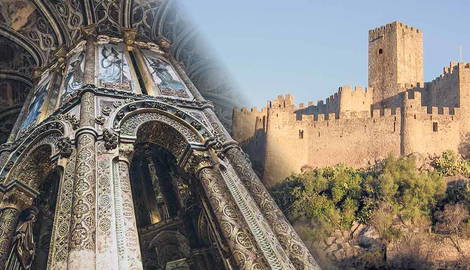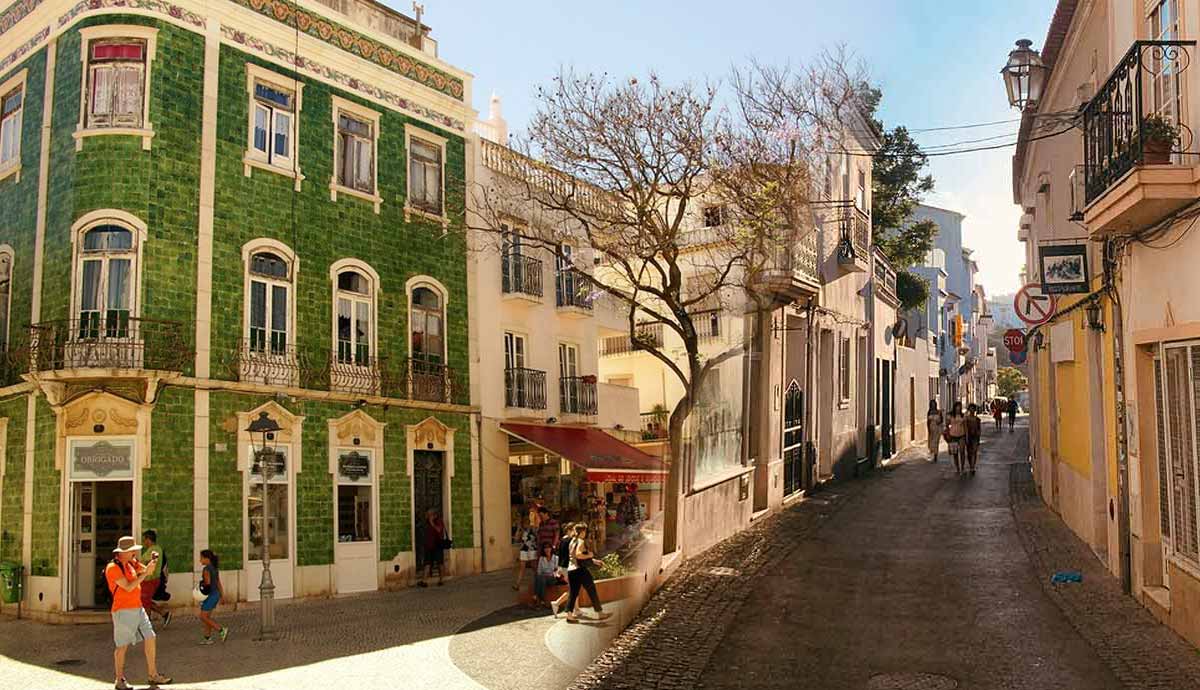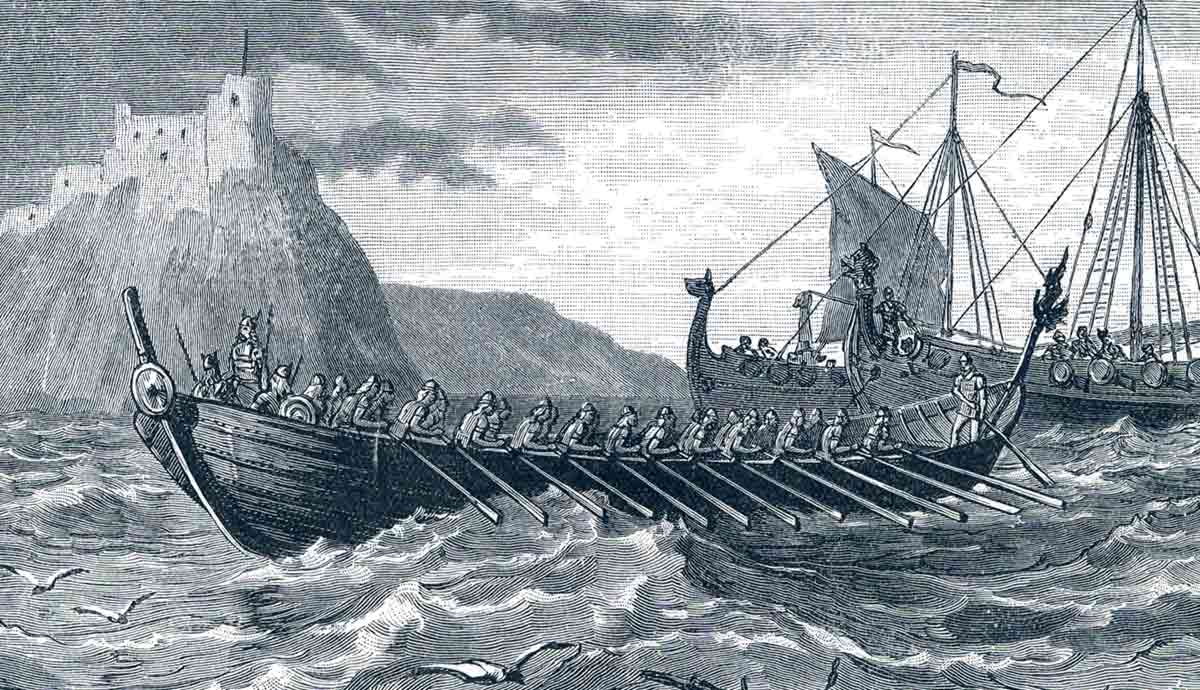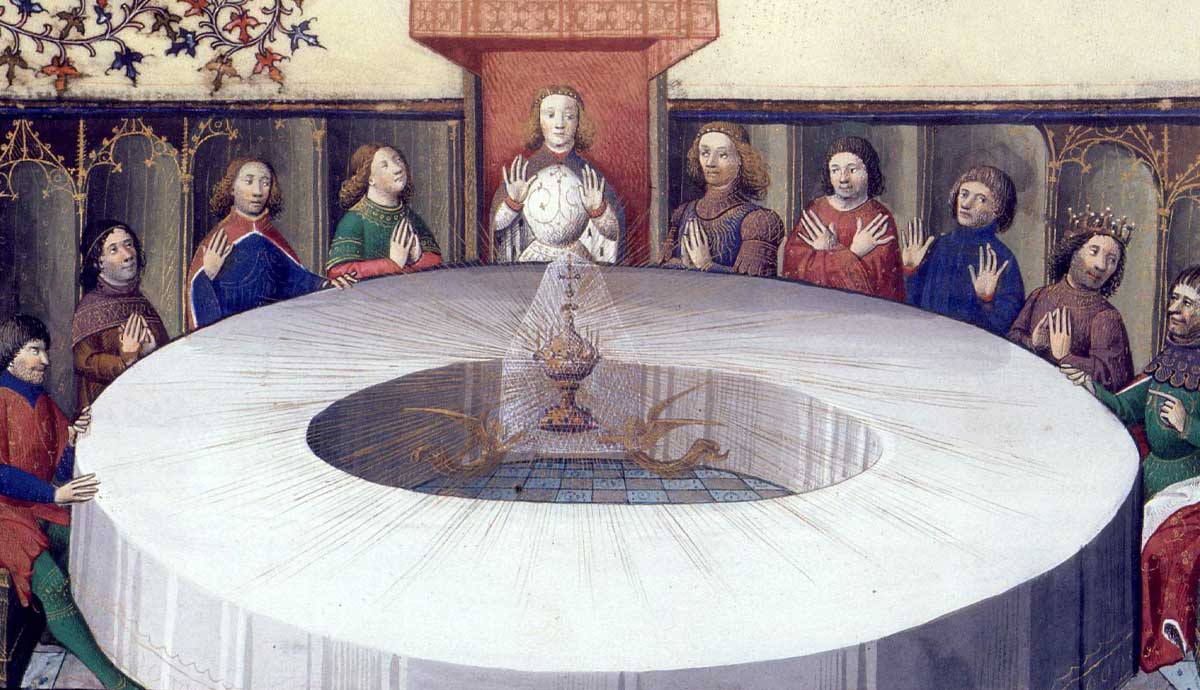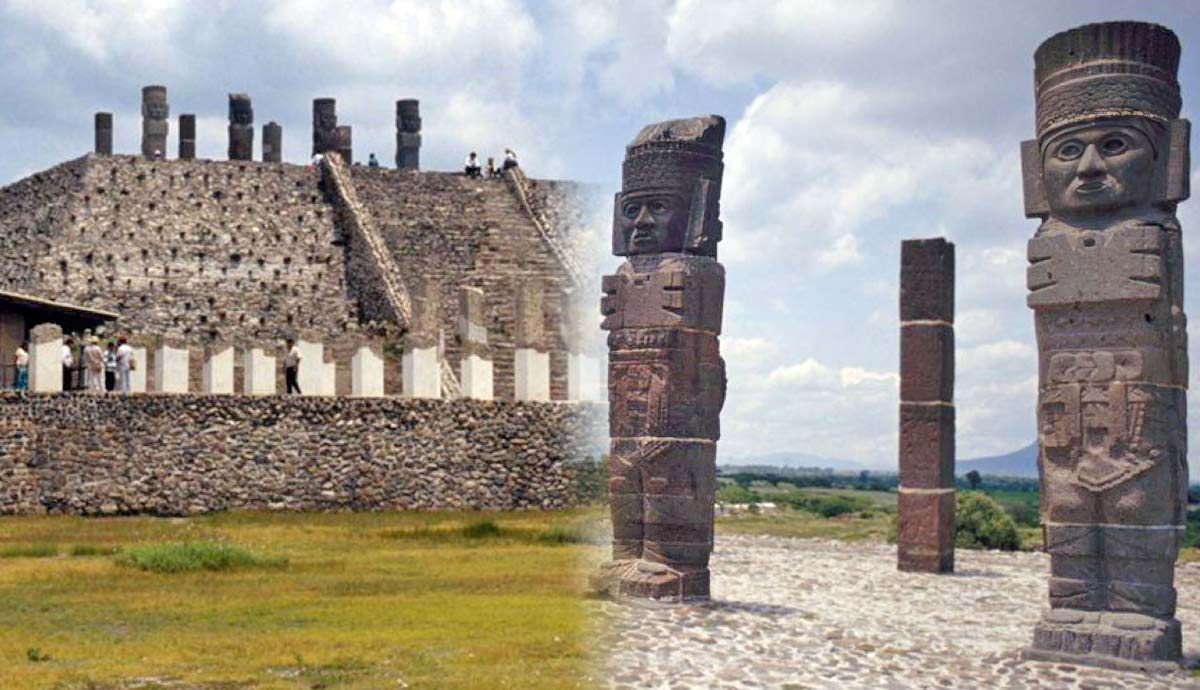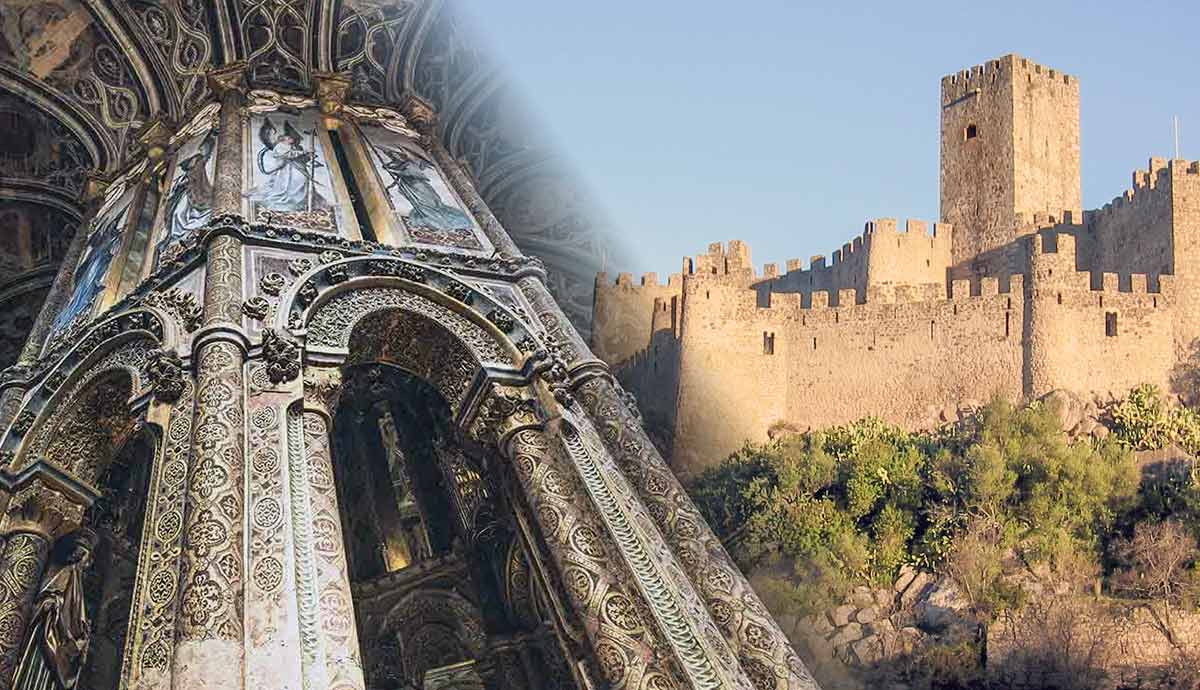
In Portugal, the Knights Templar left a remarkable legacy, impacting the country’s history, architecture, and religion. In this article, you will learn how such a secretive religious order helped shape the future of a new kingdom and how they benefited from the king’s unwavering support. Most importantly, you will find a list of the best locations to explore the Knights Templar legacy in Portugal.
How and Why Did the Knights Templar Come to Portugal?

The Poor Fellow-Soldiers of Christ (famously known as Knights Templar) were founded in 1118 in the aftermath of the First Crusade. Their purpose was to protect and safely escort Christian pilgrims on their way to the Holy Land. The knights took vows of poverty, chastity, devotion, and obedience. The Knights Templar relied on donations to help them fulfill their mission across the Holy Land.
The Reconquista

The first records of the Knights Templar’s presence in Portuguese territory date back to 1128, several years before the foundation of the Kingdom of Portugal. At the time, Countess Teresa of Condado Portucalense (mother of Portugal’s future first king) donated Soure Castle to the Knights Templar. With this donation, the countess helped the Knights Templar’s cause while simultaneously protecting the county’s borders from the Moors.
During this period, the Condado Portucalense faced serious political tensions following the death of Count Henry. Countess Teresa, with the support of Galician nobleman and lover Fernando Péres de Traba, intended to be named the independent queen of Condado Portucalense. However, Afonso Henriques rebelled against his mother. With the support of the Portuguese nobility and clergy, the young prince defeated her mother’s army in the Battle of São Mamede.
Nevertheless, Afonso Henriques recognized the donations made by her mother to the Knights Templar. It was his way of involving the Order in his war efforts against the Moors.
Over the years, the Order grew in Portugal due to the increasing number of recruits and territories bought or received as a donation. As the Knights Templar became more influential, they continued supporting Afonso Henriques in the Reconquista. In 1144, the Order battled a Moorish alcayde, the castle commander of Santarém, who attacked Soure Castle. Three years later, the Knights Templar helped Afonso Henriques capture Santarém castle in the middle of the night by climbing up its walls with only a handful of men.
Gualdim Pais, a Portuguese crusader, Knight Templar, and Knight of King Afonso Henriques, brought in his military experience and helped restore old castles by implementing new military architectural features. The new and refurbished Templar fortifications included keeps, embankments, and wooden palisades protecting the castle walls and towers.

New lands and territories were added to the newly-founded Kingdom of Portugal as the Reconquista progressed. As a recognition of their efforts, King Afonso Henriques granted the Templars several castles and lands along the Tagus River. Besides protecting the border with the Moors, it was also a way of populating these deserted and pillaged areas by making them safe for commoners. As a result, the Order founded several cities and villages, such as Tomar and Pombal. Eventually, Tomar became the seat of the Order in Portugal. Today, it is one of the best locations to explore the Knights Templar legacy.
Between the end of the 12th century and the early 13th century, King Sancho I, son of King Afonso Henriques, continued his father’s work to expel the Moors. He enjoyed the assistance of the Knights Templar in securing the lands south of the Tagus River and into the Algarve region.
Since its foundation, the Order had amassed several donations that made them wealthy, despite their poverty vows. The Knights didn’t enrich themselves from such donations, and noblemen and royals trusted them to manage their assets. As a result, inadvertently, the Order built one of the earliest bank systems.
The Knights Templar’s New Home

Despite the Order’s popularity in Portugal in the early 14th century, the Knights Templar faced serious threats outside the Iberian Peninsula. King Philip IV of France was deeply indebted to the Order due to the massive loans he took out over the years.
To terminate his financial dependence, he used his influence over Pope Clement V to dissolve the Order and seize all their assets. To do so, King Philip designed a strategy to discredit the Knights Templar by accusing them of heresy, immorality, and several other crimes. As a result, in 1307, several Templars in France were arrested, tortured, and obliged to confess to crimes they never committed. The persecution of the Knights Templar culminated with the Order’s extinction in 1312.
However, King Dinis I of Portugal had a different idea in mind.
In 1306, Pope Clement V ordered an investigation and the confiscation of the Order’s assets in the Iberian Peninsula. Instead of obliging immediately, King Dinis followed the Pope’s orders only after several noblemen and clergymen rose against the Order.
Together with King Fernando of Castile and King Jaime II of Aragon, King Dinis signed an agreement against the Vatican in case the Holy See decided to reclaim the Order’s assets. Facing such resistance, Pope Clement V ordered the transfer of the Order’s assets to the Sovereign Military Order of Malta. However, King Dinis saw this proposal as a threat to Portugal’s independence, considering the seat of this order was in a foreign country. As a counter-proposal, King Dinis suggested the foundation of a new order: the Order of Christ.

The Order of Christ was made official by a papal bull signed in 1319. King Dinis transferred all castles, properties, and assets from the Poor Fellow-Soldiers of Christ to the Order of Christ. At the time, several Knight Templars joined the new order and kept working more or less the same way as they did before.
The Knights Templar’s expansionist sentiment that supported the Reconquista in the 12th century prompted Prince Henry the Navigator, the Order of Christ’s Grand Master, to commit to the Portuguese Maritime Expansion in the 15th century.
The Order of Christ went extinct in 1910 with the implementation of the Portuguese Republic. A few years later, it was refounded as the Military Order of Christ. Today, this is a Portuguese honorific order whose Grand Master is the President of Portugal.
The Templar Legacy
1. Tomar Castle

Castelo de Tomar is an impressive Templar castle built between 1160 and 1169. Besides housing the seat of the Knights Templars in Portugal, its purpose was to complement the defensive line between Santarém and Coimbra, the kingdom’s capital.
Gualdim Pais, the Knights Templar Master in Portugal, was the man behind the construction of this new castle. Historians lack information as to why Pais specifically chose this location. However, there are two main theories. The first is that this was a strategic location overlooking the surrounding plains. The second theory relates the castle’s position to the Paris Meridian, which forms a 34º angle found in other Templar constructions and matches the 2/3 relation seen in the Gemini constellation, one of the Templar symbols.
Gualdim Pais founded Tomar and granted it its first charter in 1162 to repopulate the region. In the following years, the Knights Templar built more castles along the Tagus River’s defensive line.
Between the 12th and 13th centuries, Castelo de Tomar faced Moorish troops under the direct orders of the Almohad caliph Abu Iúçufe Iacube Almançor, who had previously conquered the Algarve region. A deadly battle between the Templars and the Moors resulted in a new name for the castle’s southern gate: the Blood Gate.

Once the last Moors had left the Iberian Peninsula and Portugal consolidated its borders, Castelo de Tomar enjoyed more peaceful days. Following Pope Clement V’s orders to extinguish the Templar Order, Castelo de Tomar was transferred to the Order of Christ founded by King Dinis. Later, in the 14th century, this was the residence of Prince Henry the Navigator.
Castelo de Tomar was designed to include the medina, the courtyard, and the Alcazaba (citadel). This last area occupied the highest part of the hill and was divided into a military area (the castle) and a religious area (the ambulatory), which also served as a defensive tower. The ambulatory’s design and construction were inspired by the Church of the Holy Sepulchre in Jerusalem.
The castle walls are reinforced by quadrangular and semicircular towers and Roman, Visigothic, and Mozarabic ashlars, reflecting the fast-paced construction works. Inside the patio is the oldest keep in Portugal.
Due to its mesmerizing past and astounding military architectural features, Castelo de Tomar has been classified as a National Monument since 1910 and a World Heritage Site by UNESCO since 1983.
2. The Convent of Christ, Tomar

Convento de Cristo is a building complex built between the 12th and 17th centuries, which includes the Castelo de Tomar, the Templar ambulatory, 15th-century cloisters, a Manueline church, and a Renaissance convent.
When the Templar Order went extinct, this was one of the buildings transferred to the Order of Christ.
The new Order Grand Master, Prince Henry the Navigator, ordered the convent enlargement with two new cloisters and a cemetery. Prince Henry also established his palace over the old Templar military house.
At the height of the Portuguese Expansion, King Manuel I ordered the construction of the magnificent Manueline church and decorated the Templar ambulatory with wall paintings, polychrome and gilded wood carvings, and stucco. The artwork inside the ambulatory is the most original and rarest part of the Convento de Cristo. On the western façade of the Manueline church, you can admire the symbolic Manueline Chapter Room Window.
Under King João III’s reign, religious reform forced friars to live in cloisters, giving Convento the Cristo the dimensions you see today.
Since its construction extended over the centuries, it is possible to find different architectural styles such as Romanic, Gothic, Manueline, Renaissance, and Mannerist. Despite several refurbishments, the Templar ambulatory, the Gothic cloisters, the Manueline Chapter Room Window, and the Renaissance ambulatory décor remain almost untouched.
The Convento de Cristo has been classified as a National Monument since 1910, and as a World Heritage Site by UNESCO since 1983.
3. Dornes Tower

In 1206, D. Pedro Afonso, King Afonso Henriques’s son, donated the small village of Dornes to the Poor Fellow-Soldiers of Christ. Shortly after, Gualdim Pais, the Knights Templar Grand Master in Portugal, ordered the construction of a new keep over a pre-existing Roman structure.
The pentagonal tower is made of stone masonry, constituting one of the rarest examples of Templar military architecture from the Reconquista. This keep was built to defend the Tagus River and guarantee the security of the people looking for gold in the Zêzere River.
The limestone cornerstones stand out from the schist, where you can still see the marks of medieval stonemasons. The lintel of the doorway is also made of limestone and includes a funerary stele, probably Visigothic, decorated with spears, swords, and shields. Inside the tower are several intact Templar funerary stelae, reminiscent of the times when these knights defended their territory from Muslim attacks and sought burial in the houses of God.
Over the centuries, Portugal’s borders became secure, and the Torre de Dornes lost its defensive purpose. As a result, in the 16th century, the tower was repurposed to include church bells, thus becoming a bell tower.
4. Almourol Castle

Castelo de Almourol is one of the most iconic Templar castles in Portugal. Located on a small islet in the middle of the Tagus River, this historical landmark was part of the strategic defensive line against the Moors.
However, the Knights Templar were not the first to settle here. Historians believe the islet was first occupied as a prehistoric hillfort. Moreover, archaeologists have found evidence of Roman, Visigothic, and Moorish occupation. When the Templars arrived here in the 13th century, there was a Moorish fortification named Al-Morolan.
Yet, the building you can visit and explore today is a Templar castle built in 1171 by Gualdim Pais. The castle presents a square-shaped, irregular floor plan, with elevated walls reinforced by adjoining towers. Inside the castle is a keep overlooking the Tagus River.
Under the Knight Templar’s possession, Castelo de Almourol became a strategic point for controlling the trade of olive oil, wheat, pork meat, and wood from the lands along the Tagus River banks to Lisbon.
As the Reconquista progressed, the castle lost its relevance. Later, in the 14th century, when the Order was extinct, the Almourol Castle was transferred to the newly-founded Order of Christ created by King Dinis.
In 1755, the castle was damaged by the massive earthquake that devastated half of Portugal. However, reconstruction happened two centuries later and added several alterations following the 19th-century Romantic paradigm.
Since 1910, Castelo de Almourol has been classified as a National Monument.
5. Santa Maria do Olival Church

Santa Maria do Olival Church, located in the Templar city of Tomar, was built in 1160 by Gualdim Pais. The purpose of the Knights Templar Grand Master was to build a church for the Poor Fellow-Soldiers of Christ. This is where Gualdim Pais and Gil Martins, the first Grand Master of the Order of Christ, are buried.
The church was built over the ruins of a Benedictine monastery, opposite the Convento de Cristo and overlooking Castelo de Tomar.
Under King Afonso III’s rule, the church was extensively renovated, transforming the original design into the Gothic church you can visit today. As a result, only the round-arched door remains from the original Romanesque building. The new church became a benchmark for Portuguese Gothic architecture and served as a prototype for various parish, monastic, and cathedral churches throughout the country.
Under the rule of the Order of Christ, Igreja de Santa Maria do Olival became the mother church with jurisdiction over all the overseas churches in the new territories found by the Portuguese, according to the papal bull of March 13, 1455.
Igreja de Santa Maria do Olival is a landmark of mendicant Gothic architecture in Portugal. Nevertheless, it also has elements of Manueline, Renaissance, and Mannerist architecture. Inside, you can admire the sculpture of Nossa Senhora do Leite. On the outside, the watchtower was adapted into a belfry, from where you can see the Convent of Christ.
Igreja de Santa Maria do Olival has been classified as a National Monument since 1910.
